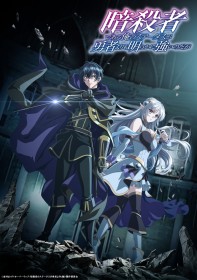Why Are Medieval European-Style Fantasy Shojo Manga Popular Now? Exploring the Evolution of Shojo Manga
The digital comic industry continues to thrive, with isekai reincarnation and level-up stories dominating the male-oriented market. Meanwhile, in the female-oriented sector, Western-style romance fantasy set in medieval European-inspired worlds has surged in popularity.
This trend might remind some of the shojo manga boom of the Showa era (1926–1989), when stories like The Rose of Versailles captivated readers. However, modern readers have moved beyond nostalgia—what’s really happening in today’s digital shojo landscape?
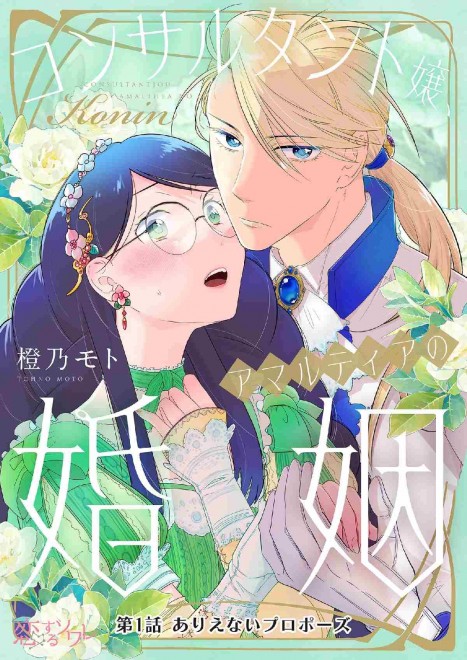
The Consultant Lady’s Marriage in Amartia
Shojo Manga’s Early Fascination with Foreign Cultures
During the 1970s, shojo manga flourished, often reflecting Western cultural admiration. Many weekly shojo magazines featured white girls on their covers, showcasing European aesthetics as fashion and lifestyle inspirations.
"By this time, the shojo manga market had already expanded.
Shojo manga played a role in shaping lifestyle trends, much like fashion magazines."
— Makoto Oda (Shojo Manga Researcher)
This fascination with Europe was evident in works like Crest of the Royal Family by Chieko Hosokawa and was further influenced by Hollywood films featuring Audrey Hepburn.
During this era, "The Year 24 Group", a collective of female manga artists, also contributed to the evolution of shojo manga, traveling abroad to deepen their understanding of Western settings. The 1970s saw masterpieces such as:
📖 The Poe Clan (Moto Hagio)
📖 The Song of Wind and Trees (Keiko Takemiya)
📖 Arabesque (Ryoko Yamagishi)
By the 1980s, shojo manga expanded into horror and sci-fi, while magazines like Ribon introduced diverse hit series, including:
🌟 Tokimeki Tonight
🌟 Chibi Maruko-chan
🌟 My Daddy is Concerned
The 1990s then ushered in groundbreaking shojo hits, such as:
🎀 Boys Over Flowers
🎀 Sailor Moon
While these may seem like high school romances and magical girl stories, they also redefined female protagonists, portraying them as strong, independent characters.
From Dreamy Romance to Reality: The 1995 Turning Point
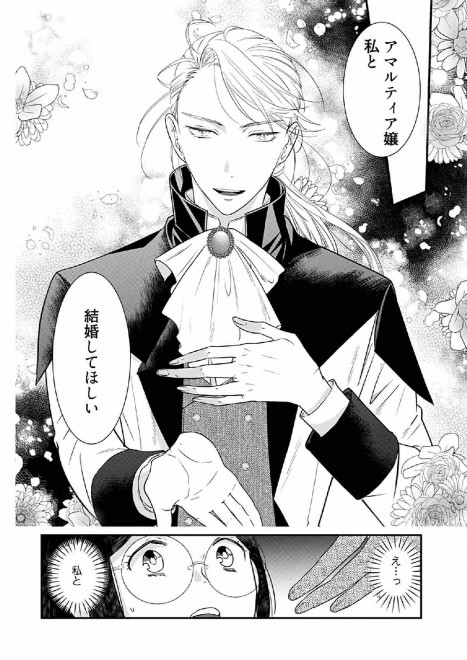
The Consultant Lady’s Marriage in Amartia
By 1995, shojo manga underwent a major shift.
Readers—now adults who grew up on fairy tale-like romances—began craving stories grounded in reality.
"By this time, former shojo manga readers had realized that 'Prince Charming' wasn't real."
Magazines like FEEL YOUNG introduced raw, realistic narratives, featuring themes of romance, adulthood, and personal struggles.
Manga by Kyoko Okazaki, Moyoco Anno, and Haruki Uchida brought mature, emotionally complex storytelling to the forefront.
This realism-based trend continued into the 2000s, with hits like:
💔 NANA
💔 Honey and Clover
As Japan became more globally connected, the romanticized idea of foreign countries faded, shifting the focus to domestic settings.
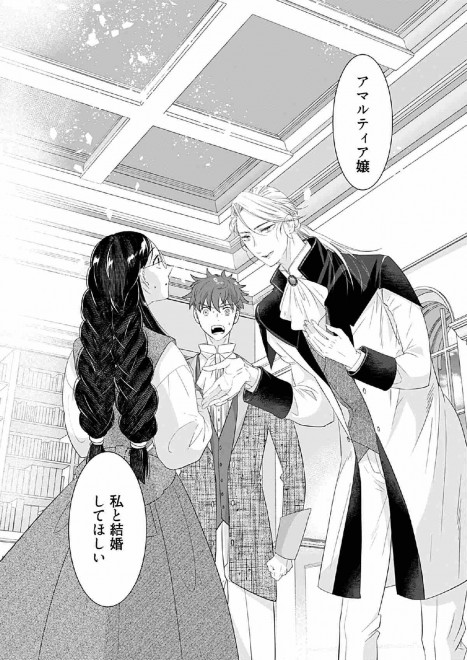
The Consultant Lady’s Marriage in Amartia
Source : ORICON NEWS

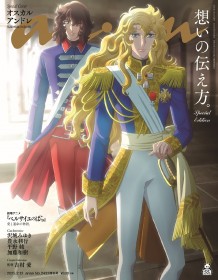
.jpg)
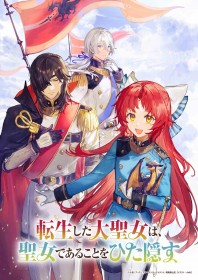
.jpg)
